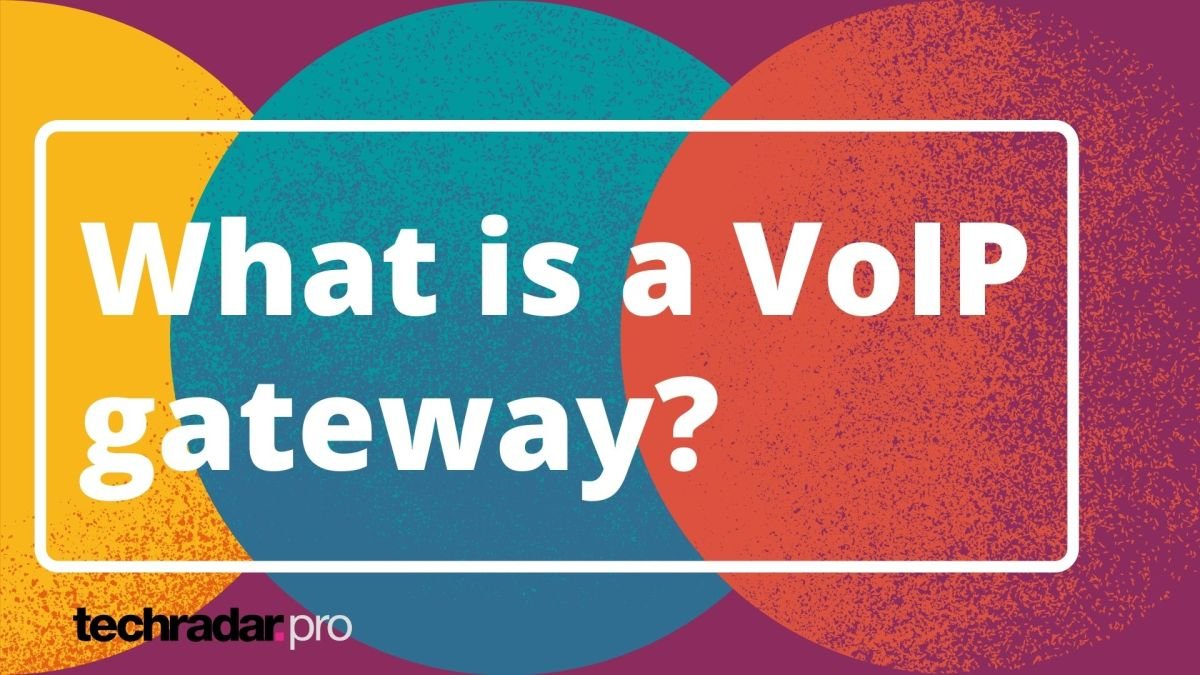
What is a VoIP gateway?
A VoIP gateway is, in its simplest form, a device, or bridge, that converts call traffic into data packets for transmission over the Internet.
This happens in one of two ways:
1. When the call traffic originates from a public switched telephone network (PSTN) and needs to be converted from an analog voice signal to a digital signal. The digital signal is then compressed using what is called a 'codec' and divided into a series of 'data packets' which are transferred over the Internet Protocol (IP) network.
2. When call traffic originates from an IP network, the VoIP gateway decompresses the data packets into a digital signal which is then converted to an analog signal that is sent through the PSTN.
These data packets are the lifeblood of any Internet calling system as they dictate call quality: Lost data packets can lead to poor quality calls that frustrate employees and customers and can even impact negative in your business.
With traditional phone systems, one call is converted at a time, while with a VoIP gateway, multiple calls are supported simultaneously, increasing calling capacity for busy businesses.
VoIP gateway systems typically include the following features:
⚫ Voice and fax compression/decompression
⚫ Packet management and control signaling
⚫ Call routing
⚫ External controller interfaces
Why was the VoIP phone late for the meeting...? He got stuck in traffic!
You can always tell when new technology is becoming mainstream - the cheesy jokes are starting to kick in!
And it's easy to see why VoIP has recently followed this well-trodden path given the way we've been working remotely since 2020.
But what about a VoIP gateway? It may be a less common term these days, but it's likely to see increased usage in the coming months and years as more and more businesses continue to switch to digital phone systems and are looking for ever more efficient ways to to manage the calls. traffic.
In this article, we'll explain what a VoIP gateway is, how it works, what the different types of gateway are, and how to set one up.

VoIP gateways have many advantages, especially for businesses that are switching from one type of calling system to another.
With VoIP gateways, you can, for example, migrate in phases, keeping your existing hardware in place to reduce new costs. By using existing equipment, you subsequently reduce training and preparation times for your teams.
Therefore, the biggest advantage of a VoIP gateway is the cost. Moving an entire office or organization to VoIP can be expensive. In addition to the cost of new equipment, there are also IT infrastructure and support costs to consider. However, with a VoIP gateway, these costs are more easily managed and can be spread over a longer period, something most CFOs and CFOs will be very happy about!
Additionally, you can choose a VoIP gateway system optimized for minimal or "lowest cost" routing by directing specific calls to the provider that will charge the least per minute.
On top of that, VoIP servers can crash, and often. VoIP gateways, however, have so-called "fallback" modes that fail over the PSTN if the Internet is down.
These days, many companies are opting for a "hybrid" approach that combines on-premises equipment with VoIP gateways. This allows them to enjoy many of the benefits of VoIP while keeping their existing infrastructure and equipment that they know to be reliable and familiar.
Oh, and beware of so-called "fully hosted PBX systems" - they're also a growing trend these days, offering a complete telecom system without the hassle of buying and managing additional hardware. However, if for any reason you lose connection to the hosted PBX, you will lose the ability to make internal and external calls.
What are the different types of VoIP gateway?
There are two main types of VoIP gateway, analog and digital.
Analogous thing
As the name suggests, an analog VoIP gateway is used to connect your traditional analog phones to a VoIP phone system or to connect your VoIP phone system to the PSTN. These portals are generally available for between 2 and 24 lines and come in two different forms, often appearing as 'media gateways' to:
- FXS Gateway (Forex Subscriber) – used to connect your traditional phones (and fax machines) to a VoIP phone system.
- FXO (foreign exchange office) gateway – used to connect your VoIP phone system to your PSTN lines.
Digital
Again, the clue is in the name! Digital gateways are used to connect your VoIP phone system to your digital voice lines, whether they are ISDN BRI lines (for Europe), PRI/E1 lines (for Europe), or T1 lines (in the US).
Other terms that are useful to know when exploring VoIP gateway solutions are:
GSM VoIP Gateway
GSM stands for Global System for Mobile Communications and is used for direct routing of IP, digital, analog and GSM networks. With these devices, businesses can take advantage of the "Least Cost Routing" option that we mentioned earlier.
PSTN gateway
A Public Switched Telephone Network (PSTN) gateway is a third-party hardware component that converts signaling and media between the Enterprise Voice infrastructure and the PSTN, either directly or through a connection to SIP trunks (learn more about SIP and SIP trunks here).
Much depends on your existing phone system as to the best gateway solution. If you currently use analog, you will need an analog gateway. If you want to improve your flexibility, you should consider a digital solution. And if cost optimization is high on your list of priorities, the GSM VoIP gateway option is worth exploring.
How to set up a VoIP gateway?

The details of installing and configuring a VoIP gateway will very much depend on the system you have. You can usually find detailed instructions from your provider through their website or helpline. For example, beroNet, one of the most popular gateway solutions, explains its beroNet online configuration process. EITHER great currentanother provider, has its own detailed setup instructions for Grandstream Online Gateways.
The basic steps are quite similar from solution to solution.
What you will need before you start:
- An internal telephone device with external connectivity via VoIP over the Internet.
- The PSTN interface to a telephone network, with IP connectivity to an internal VoIP telephone system.
- PSTN and VoIP interfaces externally.
Steps to configure a VoIP gateway:
Final thoughts
The world of telecommunications has grown by leaps and bounds in recent years, and many companies now rely on VoIP for their core business. VoIP Gateway is also a popular method for businesses looking to ease the transition to VoIP technology while leveraging existing IT equipment and infrastructure.
Excuse the pun, but it's a great "gateway" to a much simpler and more efficient VoIP system that helps reduce IT costs and keep your business running. Additionally, the benefits of VoIP gateways make them a smart choice when it comes to spreading upgrade costs while maintaining a high-quality business call system.